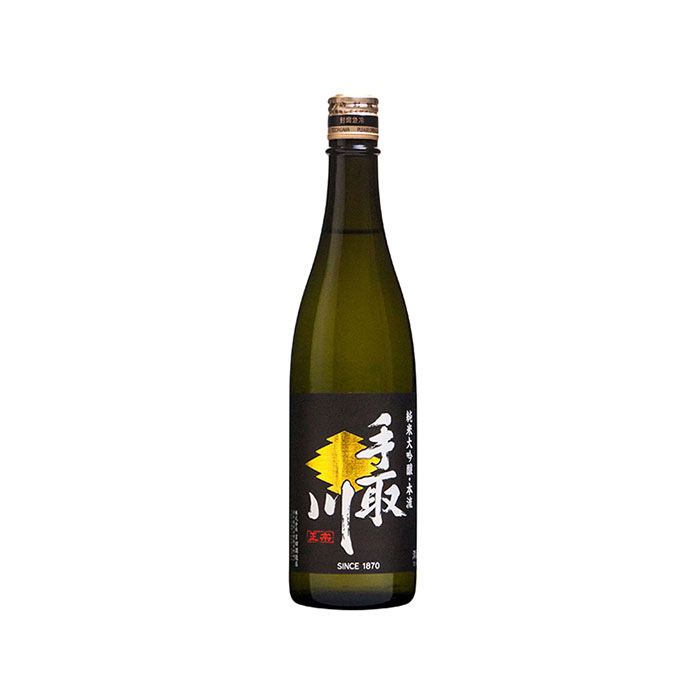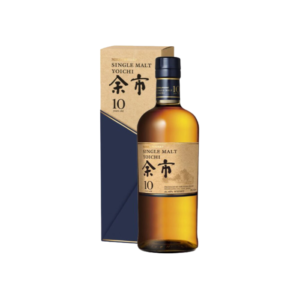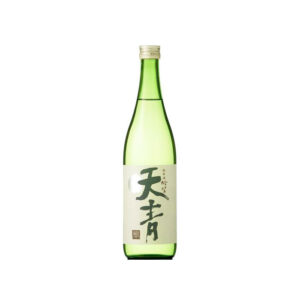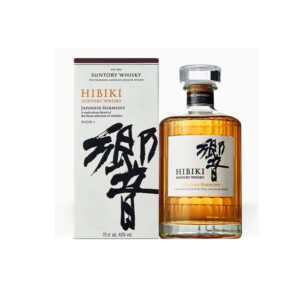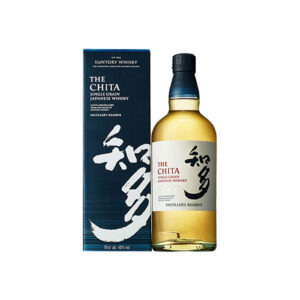A Dai Ginjo sake, with a rounded taste, a certain dry touch but very pleasant and elegant, hints of banana and tropical fruits, very glyceride and generally powerful, but very well balanced.
Since its founding in 1870, "Tedorigawa" sake has been brewed with stubborn dedication to artisanal brewing, and we continue to preserve this tradition. The outer surface of the rice contains many proteins, fats, ashes and vitamins, which deteriorate the quality of the sake, so the purpose is to reduce these components through polishing. The ratio of polished rice is the ratio of the weight of white rice, excluding sugar, to the weight of brown rice. Washing the rice removes the sugar adhering to the surface, and soaking allows the rice to absorb an adequate amount of water. As a result, the quality of steamed rice has improved and stable rice has been obtained. By steaming the rice, it becomes more susceptible to the action of saccharifying enzymes. In addition, since sterilization is performed by heating, subsequent fermentation processes can be carried out safely.
Shubo (a mixture of rice, koji and water) is brewed to cultivate a large amount of pure sake yeast. Shubo is broadly divided into "sokujo-style shubo" and "kimoto-style shubo" ("Yamahai" is a kimoto type), depending on how it is brewed. The kimoto type tends to produce more acidity and richness than the sokujo type.
The brewing process of moromi (a mixture of shubo, koji, steamed rice and water) is unique in sake brewing and is divided into three stages to promote efficient fermentation of yeast and lactic acid. The first is called "hatsuzoe", the second "nakazoe" and the third "tomezoe", finally arriving at the time of squeezing after the New Year. After fermentation, the must is separated into sake and sake lees (joso), filtered, mixed with water and bottled before shipment.

